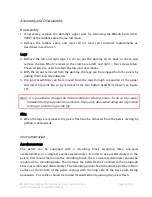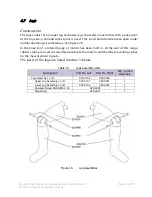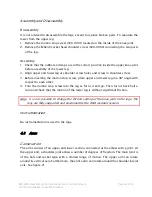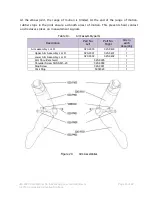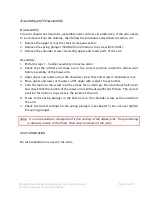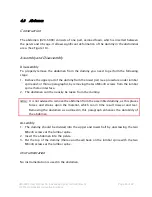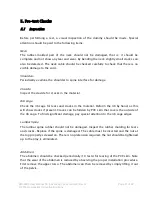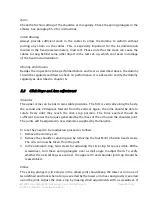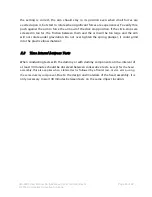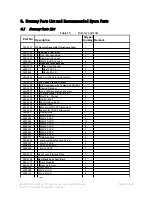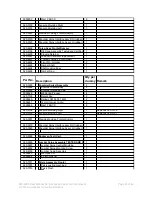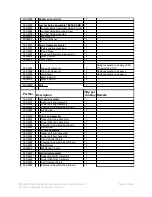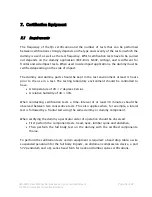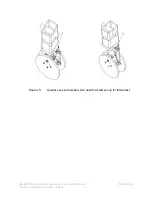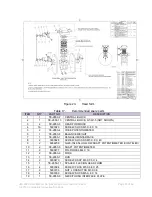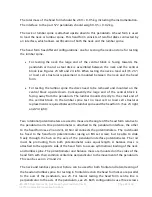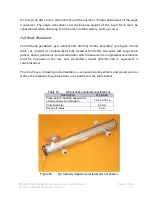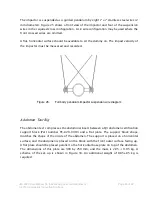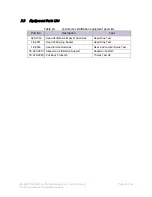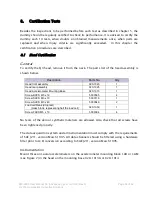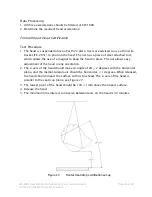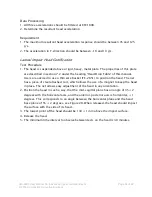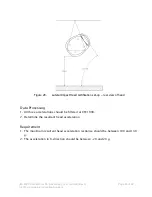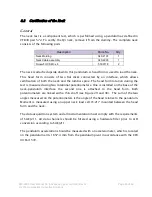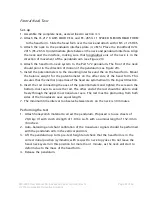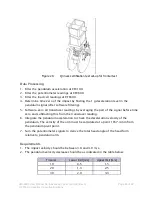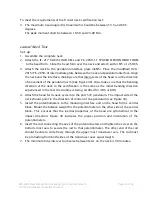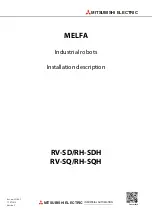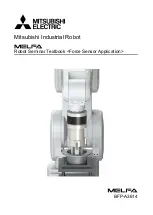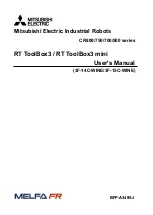
020-9905 User Manual Q3 (Advanced 3 year old child) Rev G Page 54 of 82
© 2016 Humanetics Innovative Solutions
7. Certification Equipment
7.1 Requirements
The frequency of the Q3 certification and the number of tests that can be performed
between certifications strongly depends on the type and severity of the tests in which the
dummy is used, as well as the test frequency. Which certification tests have to be carried
out depends on the dummy application (ECE-R44, NCAP, Airbag), and is different for
frontal and side impact tests. When used in side impact applications, the dummy must be
certified depending on the side of impact.
The dummy and dummy parts should be kept in the test environment at least 4 hours
prior to the use in a test. The testing laboratory environment should be controlled to
have:
A temperature of 20 ± 2 degrees Celsius.
A relative humidity of 40 ± 30%.
When conducting certification tests a time-interval of at least 30 minutes should be
observed between two consecutive tests. This also applies when, for example, a lateral
test is followed by a frontal test using the same dummy or dummy component.
When certifying the dummy a particular order of operation should be observed:
First perform the component tests: head, neck, lumbar spine and abdomen,
Then perform the full body test on the dummy with the certified components:
thorax.
To perform the calibration tests certain equipment is required: a head drop table, a wire
suspended pendulum for the full body impacts, an abdomen compression device, a part
572 pendulum and a Q-series head form for neck and lumbar spine certifications.

